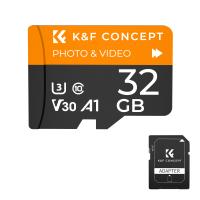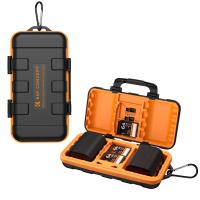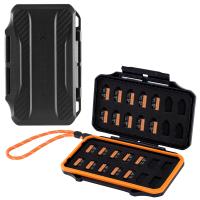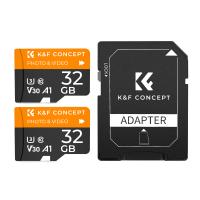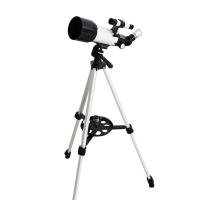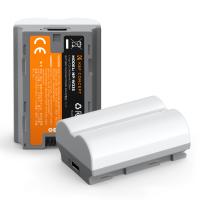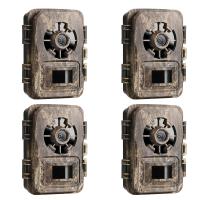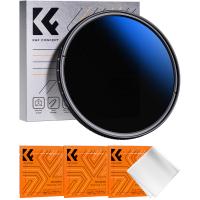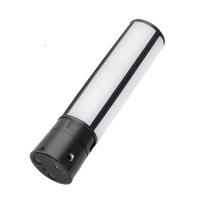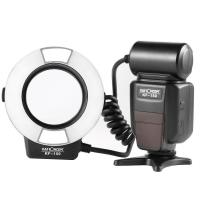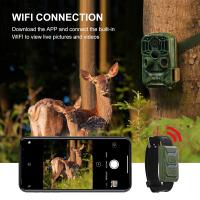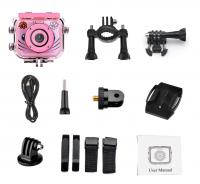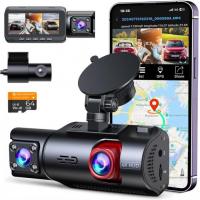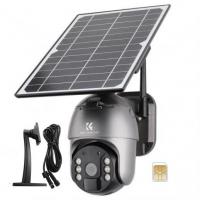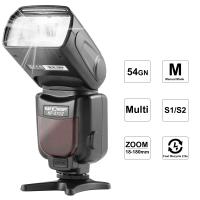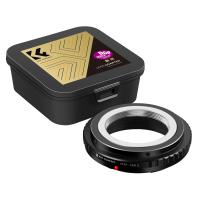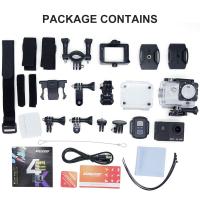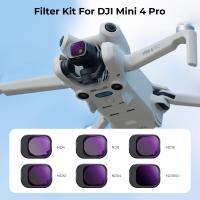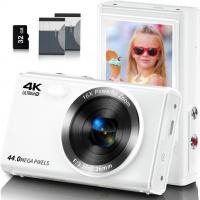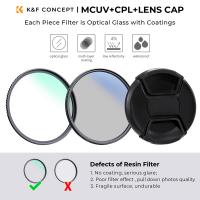What Size Sd Card For Game Camera?
When it comes to selecting the right size SD card for a game camera, there are several factors to consider to ensure you capture all the footage you need without running out of storage space. Game cameras, also known as trail cameras, are used by wildlife enthusiasts, hunters, and researchers to monitor animal activity in a specific area. The choice of SD card size can significantly impact the effectiveness of your game camera. In this article, we will explore the key considerations for choosing the right SD card size for your game camera and provide practical advice to help you make an informed decision.
Understanding Game Camera Storage Needs
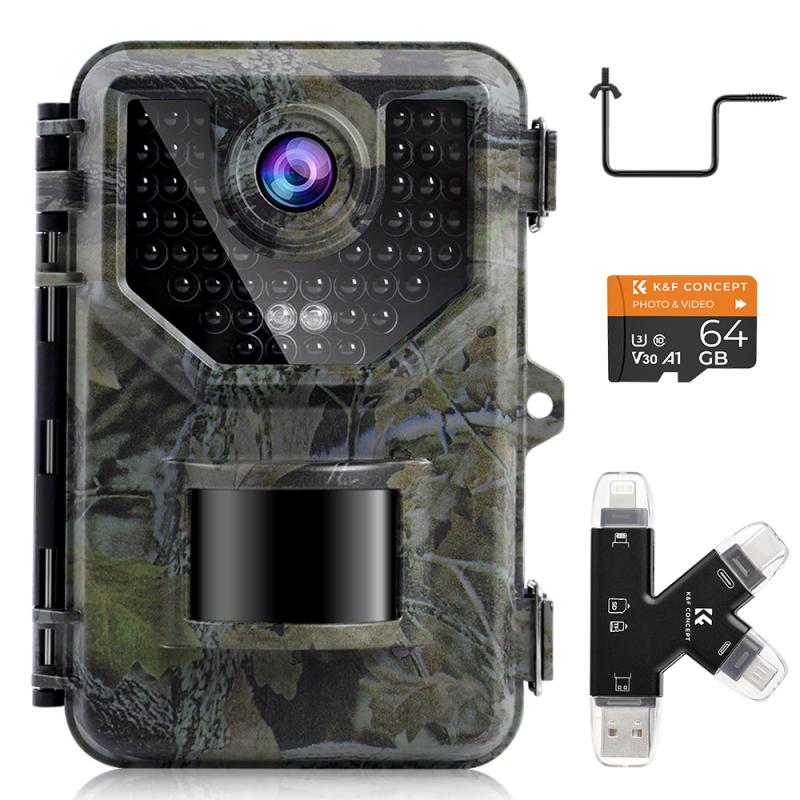
Game cameras are designed to capture images and videos of wildlife, often in remote locations where regular maintenance is not feasible. The storage needs of a game camera depend on several factors, including:
1. Resolution of Images and Videos: Higher resolution images and videos take up more storage space. A camera that captures 20-megapixel images will require more storage than one that captures 10-megapixel images. Similarly, HD or 4K video recordings will consume more space than standard definition videos.
2. Frequency of Captures: The more frequently your camera takes pictures or videos, the more storage you will need. If your camera is set to capture images every time it detects motion, it will fill up the SD card faster than if it is set to take pictures at longer intervals.
3. Duration of Deployment: If you plan to leave your game camera in the field for an extended period, you will need a larger SD card to ensure it does not run out of space before you can retrieve the data.
4. Additional Features: Some game cameras offer features like time-lapse photography or burst mode, which can also increase storage requirements.
Common SD Card Sizes for Game Cameras

SD cards come in various sizes, typically ranging from 8GB to 512GB or more. Here are some common sizes and their typical use cases for game cameras:
- 8GB to 16GB: Suitable for short-term use or low-resolution images. These sizes are often used for cameras with lower resolution or for users who check their cameras frequently.
- 32GB to 64GB: A good middle-ground option for most users. These sizes can handle a moderate amount of high-resolution images and videos and are suitable for cameras left in the field for a few weeks.
- 128GB to 256GB: Ideal for long-term deployment and high-resolution cameras. These sizes are perfect for users who want to leave their cameras in the field for extended periods without worrying about running out of storage.
- 512GB and above: These sizes are generally overkill for most game camera users but can be useful for professional researchers or those who need to capture a large amount of data over a long period.
Practical Considerations for Choosing the Right SD Card Size
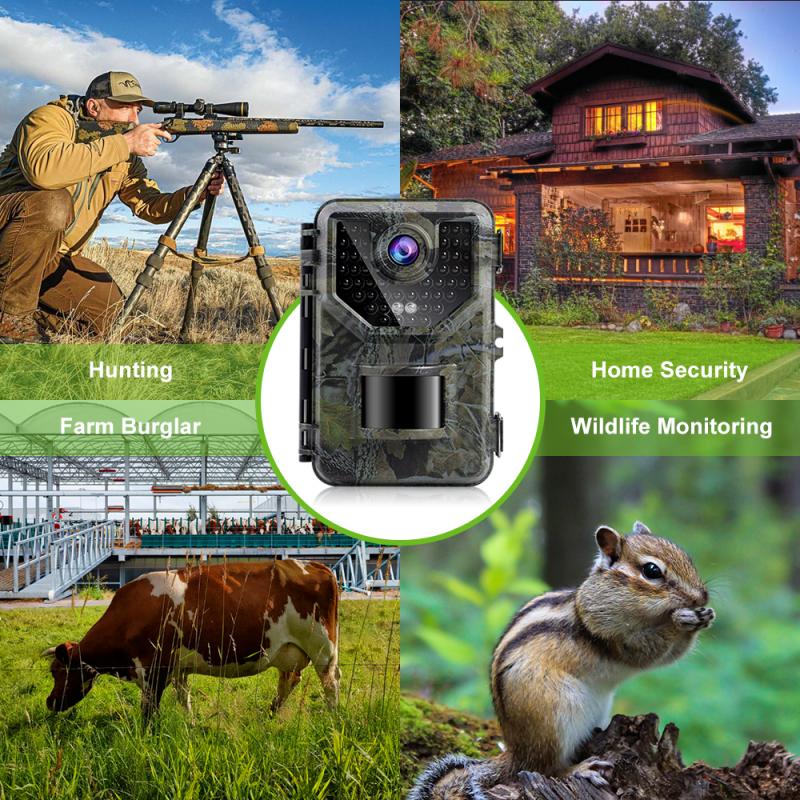
When selecting an SD card for your game camera, consider the following practical tips:
1. Check Camera Specifications: Always check the specifications of your game camera to see the maximum SD card size it supports. Some older models may not support larger SD cards.
2. Estimate Storage Needs: Calculate your storage needs based on the resolution of your images and videos, the frequency of captures, and the duration of deployment. For example, a 20-megapixel image typically takes up around 6MB of space, while a 10-second HD video can take up around 20MB.
3. Consider Multiple Cards: Instead of relying on a single large SD card, consider using multiple smaller cards. This approach allows you to swap out cards when checking your camera, reducing the risk of losing all your data if a card fails.
4. Quality Matters: Invest in high-quality SD cards from reputable brands. Cheap, low-quality cards are more likely to fail, which can result in lost data. Look for cards with high write speeds to ensure they can handle the data rate of your camera.
5. Weather Resistance: Since game cameras are often used in harsh outdoor environments, choose SD cards that are weather-resistant and can withstand extreme temperatures, humidity, and physical shocks.
Real-World Examples
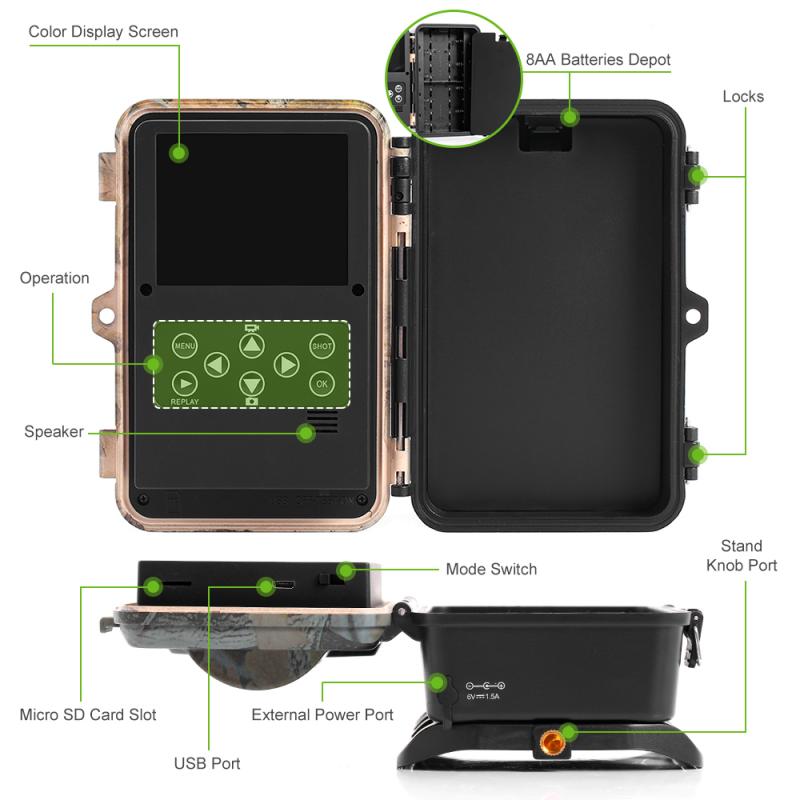
To illustrate the importance of choosing the right SD card size, let's consider a few real-world scenarios:
- Scenario 1: Short-Term Wildlife Monitoring: A wildlife enthusiast sets up a game camera to monitor a bird feeder for a weekend. The camera captures 12-megapixel images and records short HD video clips. In this case, a 16GB SD card would be sufficient to store all the data collected over the weekend.
- Scenario 2: Long-Term Deer Study: A researcher sets up multiple game cameras in a forest to study deer behavior over several months. The cameras capture 20-megapixel images and record 4K videos. For this scenario, 128GB or 256GB SD cards would be more appropriate to ensure ample storage for the duration of the study.
- Scenario 3: Hunting Season Preparation: A hunter sets up a game camera to monitor a trail for the entire hunting season. The camera captures 16-megapixel images and records HD videos. A 64GB SD card would provide a good balance between storage capacity and cost, allowing the hunter to capture all the necessary data without frequent card swaps.
Choosing the right size SD card for your game camera is crucial to ensure you capture all the footage you need without running out of storage space. By considering factors such as image and video resolution, capture frequency, deployment duration, and camera specifications, you can make an informed decision that meets your specific needs. Whether you are a wildlife enthusiast, researcher, or hunter, selecting the appropriate SD card size will enhance the effectiveness of your game camera and help you achieve your monitoring goals. Remember to invest in high-quality, weather-resistant SD cards to ensure reliable performance in the field.


